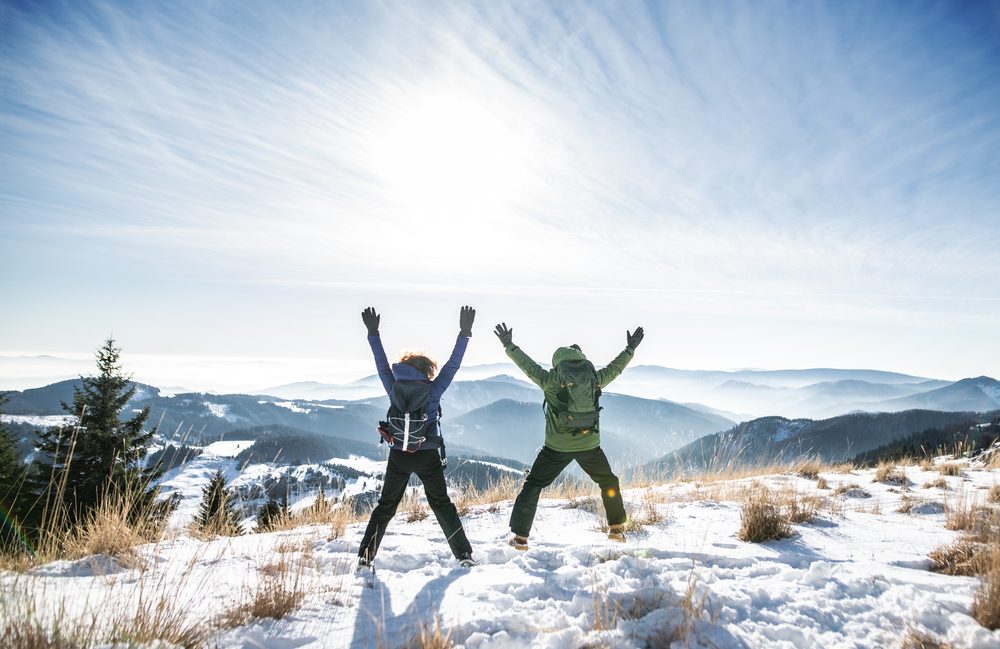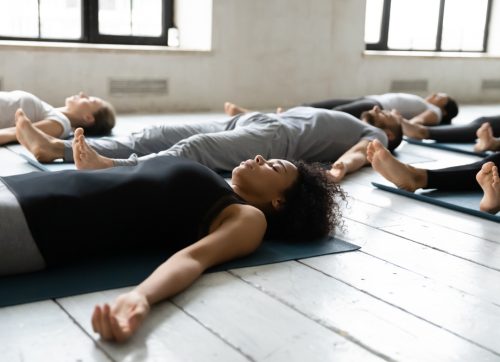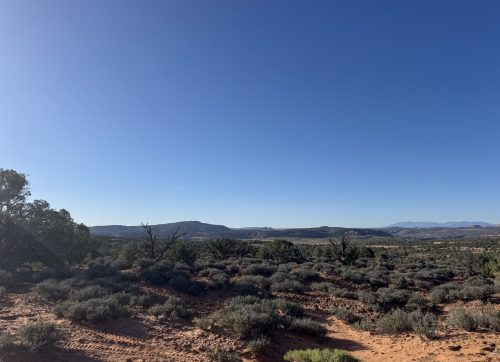
What to Wear While Exercising Outside
Great weather Experts agree that the benefits of exercising outside outweigh spending time in the gym. Connecting with nature while exercising improves your mood and encourages you to workout longer, usually more intensely. So, what happens to those outside workouts when it gets cold? This article will explain how to plan and dress for cold weather exercise and when to stay inside.
- Author:
- Jodi Richard
- Date:
- January 22 2024
The first thing to do is check the weather for when you plan to be outside. Several apps are available to guide you on your outside journey, such as Clime-NOAA, Weatherunderground, RadarScope, and OpenSnow. When checking the weather, look at the temperature, wind chill, precipitation percentage, cloud coverage, and sunrise and sunset times. If your run starts before sunrise or ends after sunset, you'll need to wear reflective clothing and bring a headlamp so you can see and others can see you.
If it will be below freezing, try to schedule your time outside in the warmest part of the day, usually around 3 in the afternoon. If worse weather is moving in at that time, get out when you can to take advantage of the optimal weather of the day. Sometimes, you don't have the option of waiting for perfect weather. Later in this article, you will learn what to bring for inclement weather.
How long is your workout? Shorter workouts will need less planning and gear than longer workouts. You can avoid bringing extra clothing if you plan on a quick run, hike, or walk for under an hour. If you're exercising for up to two hours or longer, you'll want to carry water, food, and extra layers of clothing just in case. You might also want to bring hand warmers for your gloves or mittens.
Where are you exercising? What is the terrain you're exercising on? You might not have to worry about icy or snowy paths if you're in a city or town park. If you're exercising on trails in the wilderness, you might need spikes or possibly even snow shoes to exercise. In general, exercising in the winter requires more planning, gear, and, obviously, clothing.
Controlling your sweat is the most important thing when exercising outside. Remember to dress as though it's 10° degrees warmer for cold weather exercise; however, as mentioned above, check the windchill as well. If you're exercising an hour or less, getting sweaty is not an issue. Controlling your sweat level is extremely important if you will be outside for an hour or more. Once wet and you catch a chill, you will have a tough time warming up, especially if you are wearing clothing that does not retain heat when wet.
Remember, layers are essential! Dressing in multiple light layers allows you to maintain a body heat equilibrium more easily than wearing one heavy layer. If you're out for a short time, you can tie a windbreaker around your waist if you get cold partway through your run. If you are out for closer to two hours, carrying layers in a pack or running vest is the best strategy to keep you safe from the elements.
Base Layer: The type of clothing is just as important as layering. Always start with a base layer that wicks away sweat and holds heat. Wool is the absolute best material for base layers. Wool fibers are coil-shaped and trap moisture between each of the coils. Because of this, wool can absorb 30% of its weight in water without feeling wet. During this process, wool generates heat because the hydrogen bond from the water breaks off and binds to the chemical structure of the wool fibers. This process releases small amounts of heat energy and creates tiny pockets of trapped warm air next to the skin. If you can, wear wool as your base layer to keep you warm even if you sweat.
Mid-Layer or Insulation Layer: Depending on the temperature, you may want more than one insulation layer. This layer can consist of more wool options or a combination of natural and synthetic fibers. If you think you might end up exercising in your mid-layer, you might want to wear a vest or light jacket with natural and synthetic material. These types of clothing will wick away moisture and help block wind.
Protective Outer Layer: The protective or outer layer protects you from the elements such as wind, rain, and snow. The latest outer layers protect you from the elements and allow moisture to escape from your base and insulation layers, keeping your temperature balanced.
Accessories: If the weather is cold enough to warrant layers, you'll need gloves, a hat, possibly a buff, eye protection, warm socks, and insulated or waterproof shoes. I also mentioned the potential need for shoe spikes or snowshoes depending on where you're running and the amount of snow in the area. Like your base layer, a wool hat is your best bet. Wool buffs or balaclavas to protect your face are also good bets. Depending on the temperature, you could get away with a pair of wool gloves. If it's frigid, you might want to wear mittens to keep your fingers together and, therefore, warmer. Wool socks are always a go-to for footwear. In winter, even more so because they are breathable and keep your feet warm, even if they get wet. If you are exercising in cold rain or snow, you might want to consider waterproof shoes. Many shoe companies now offer winter shoes that are insulated and waterproof, and some of them have built-in spikes to keep you from slipping.
One last accessory to consider is a running vest or pack. If you exercise for over an hour, you can carry water, food, and extra layers in this pack to guarantee comfort. Other items for longer exercise sessions include a first aid kit with hand and body warmers, emergency blankets, and matches. Carrying a satellite phone is also highly recommended if you're exercising in the wilderness.
Yes, organizing for outdoor exercise in the winter may seem a bit daunting with all of the gear requirements. Of course, one look at a snow-covered trail or street on a sunny day will make the extra planning time worth it. So get outside, enjoy exercising in the winter, and stay warm.
Are you ready to take the journey?
Take the journey and find your nature guide.


